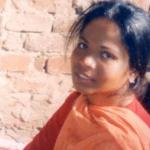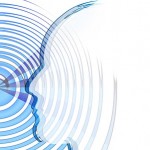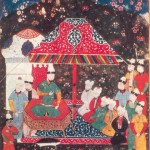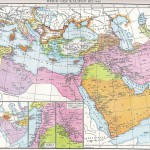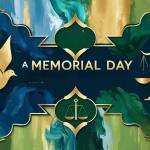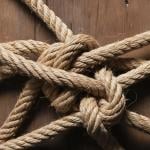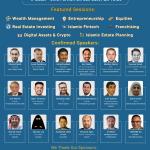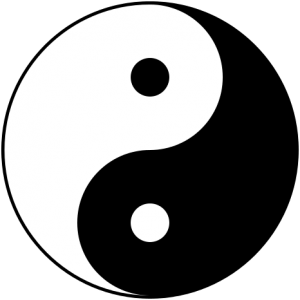
Entropy.
Yes, this is a manuscript on matters of faith that begins with entropy.
One could surmise that entropy is an idea so amorphous that belief in it is itself an act of faith. But I promise I’m going somewhere with this.
Entropy has been defined in a number of ways, two of which will suffice for our purpose here. It can be considered a measure of the amount of energy in a thermodynamic system that is inaccessible to useful function. Conversely, it can also be described as the degree of disorder in an energy system. The theory is that all systems tend towards increased entropy and will ultimately run out of useful energy. One implication of this is that the universe-if it is a system governed by the laws of thermodynamics-will eventually run out of juice and, well, die. This idea was most beautifully explored in Isaac Asimov’s extraordinary short story “The Last Question”. An immortal super computer that has developed a consciousness and runs the world is asked the same question by various people over a period of trillions of years. The question, asked in different ways, boils down to the same thing: can entropy be reversed?
Well of course I’m not going to tell you the computer’s answer. For ten marvelous minutes of your life google the story and read it. If the last two lines don’t give you goose bumps nothing will.
On to Sigmund Freud and psychoanalysis now. And yes, I promise a nexus with faith and spirituality will materialize soon. Accompany me just a little bit further.
Freud and most subsequent psychoanalysts considered the brain an energy system and part of their conception of thought, feeling and pathology was based on fluctuations and clusters of “psychic energy”. Freud greatly admired the work of physicists such as Helmholtz and his description of the physical basis of psychological symptoms utilized the concept of entropy and the law of conservation of energy. A precursor of the more modern notion of “cognitive dissonance”, Freud hypothesized an “intra-psychic conflict” when two opposing impulses, ideas or wishes arose in the mind. If unresolved, this conflict will require “ego energy” or “libidinal energy” to repress it from consciousness. This repressed focus of energy, inaccessible to healthy functions, can in Freud’s view then lead to increased entropy resulting in emotional disturbance as well as psychosomatic symptoms.
Freud saw the human struggle to reconcile instinctual impulses with the demands of reality to be in a phase where “neurosis” or “psychosis” were the only possible outcomes. A conflict, till resolved was to Freud a pathology, something that must be worked through till some sort of reconciliation between the opposing forces was reached.
This is where Carl Gustav Jung comes in, with his own unique take on entropy.
This is also where we cross from the (sort of) physical to the metaphysical. This is where we come to matters of faith. This is where a leap of faith may also be necessary for some.
Jung did not see intrapsychic conflicts as undesirable. In fact, like William Blake, he believed that creative and healing energy both arise from the friction between opposing forces in the psyche. Every thought, every feeling and every desire must have an opposite according to Jung. While these opposing forces may occasionally both arise in the conscious mind, more often the “opposites”-especially the darker, destructive ones-lie in the part of the unconscious he called “the Shadow”. Making these unconscious “opposites” conscious was according to Jung, an important part of finding the true self. He applied his own variation of what he called “the principle of entropy” here. If an individual could instead of avoiding instead “hold” the tension created by the “opposites” energy would eventually flow away from intense focuses and redistribute in a way that allowed the expression of the true self. The subjective emotional parallel of this would be working to accept the presence of undesired, negative and destructive impulses within oneself instead of repressing or suppressing them till the point is reached when one recognizes that they are not merely the product of pathology, external forces or the ego’s attempts to avert anxiety. Till the completion of the emotional and intellectual acceptance that what one has perceived as good and bad, constructive and destructive, divine and malevolent are all part of the Self.
Named after the challenge that Jung has summoned us to, this blog is about being a person of faith in the modern world. How does one maintain the vitality of faith amidst a zeitgeist that so often seems to contradict or diminish the ideals of faith? I don’t have an answer to this question and have never heard one that satisfies both spirit and intellect. What I do believe is that the quest will begin with ceasing our flight from ideas and feelings that oppose our beliefs-both those that the world tosses our way as well as the ones our own unconscious throws up every once in a while. We must “hold the tension of the opposites” long enough to know what they are, to know what it is we are dealing with, ultimately, to know who WE are.
We must first learn how to ask the question.

